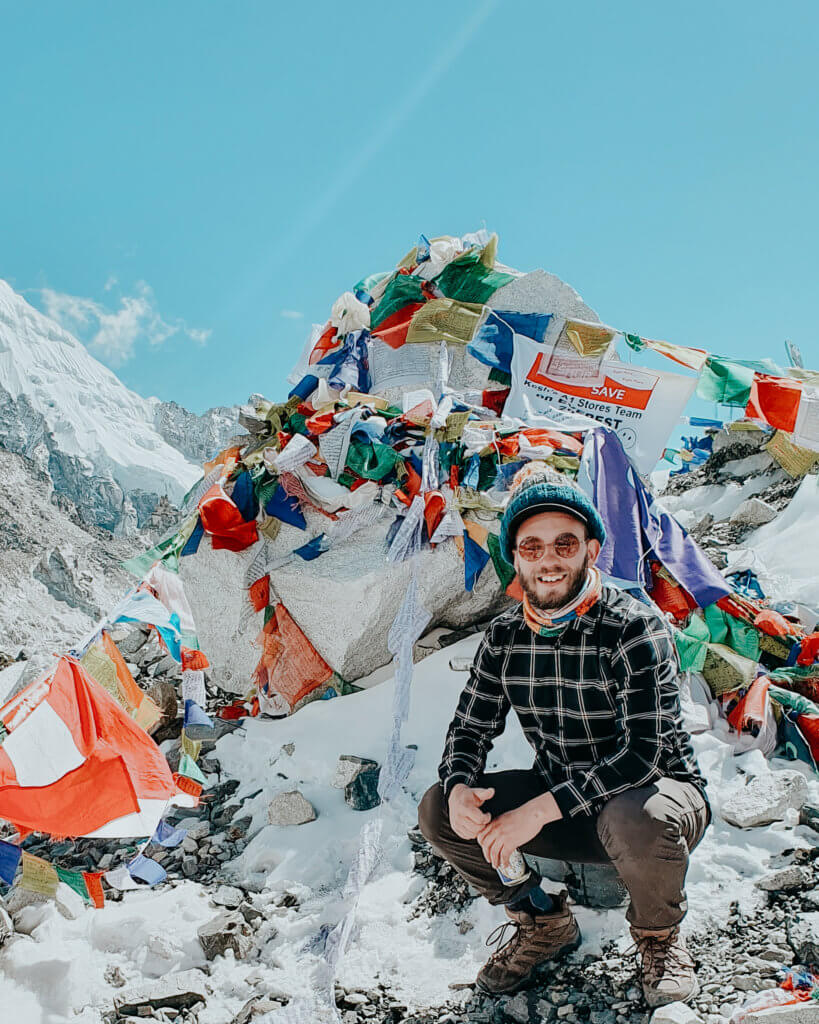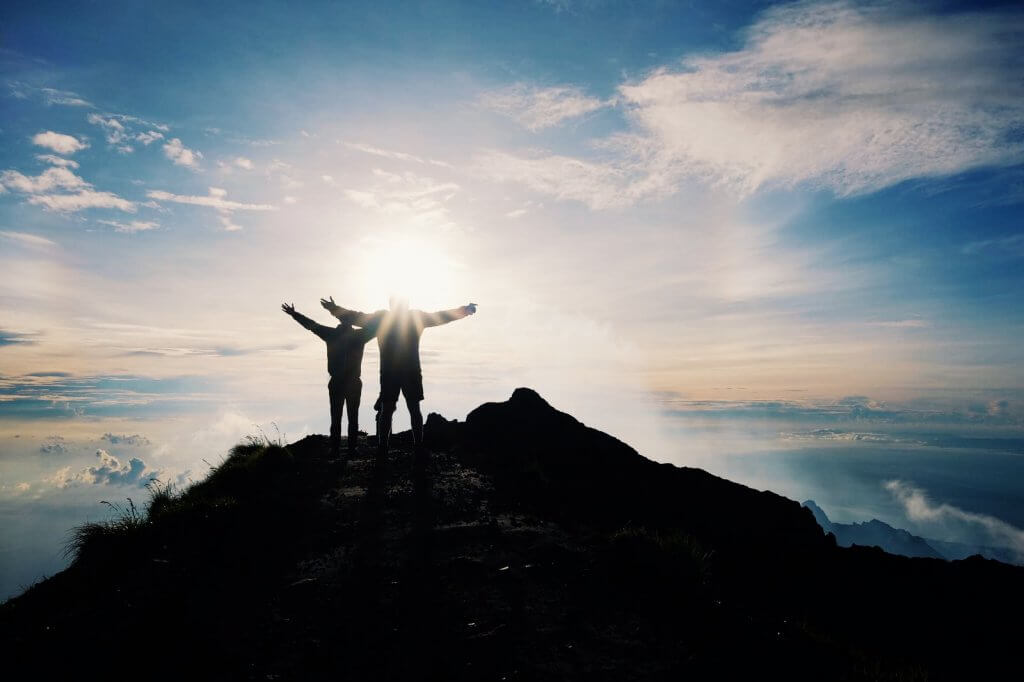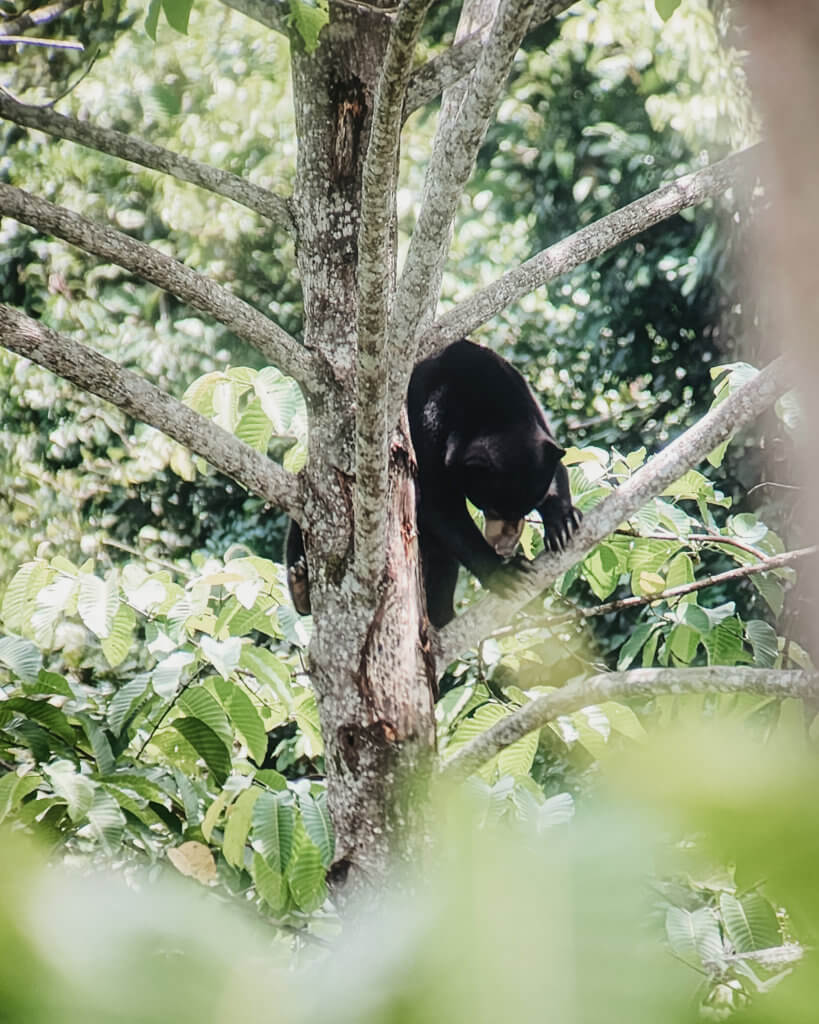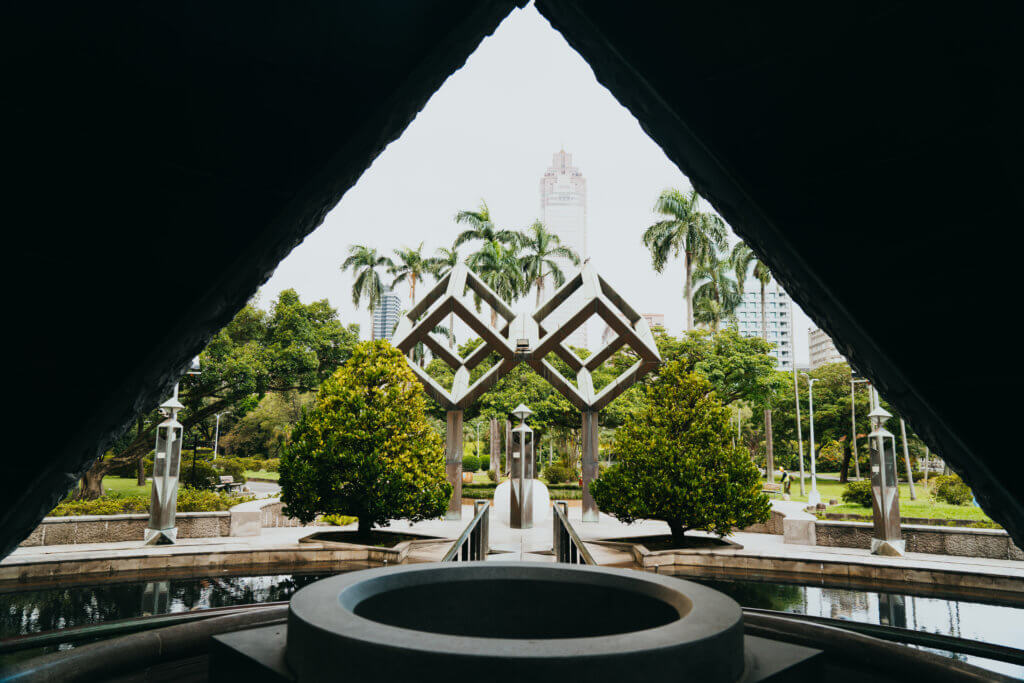Have you ever felt the mountains calling your name? If so, it’s time to embark on a truly epic journey to the tallest of them all – Mt. Everest! In this guide, we will walk you through the adventure of a lifetime – the Everest Base Camp Trek. Packed with essential information tailored for budget-conscious travelers who crave adventure and local experiences, this guide covers everything from when to visit, survival tips, optimising your budget, and packing wisely. Get ready to explore Nepal and witness a culture like no other!
Why Everest Base Camp Trek?
The Everest Base Camp trek is not just about breathtaking scenery; it’s a spiritual and spectacular adventure. Imagine following in the footsteps of legends like Sir Edmund Hillary and Tenzing Norgay Sherpa, surrounded by the giant majestic Himalayan peaks.
How would you like to be able to say that you made it to Everest Base Camp and got to set eyes on the peak of the tallest mountain in the world? Along the way you will experience the unique culture of the Sherpa people, immersing yourself in their stories, monasteries, and monuments. This trek will challenge you both physically and mentally, pushing your limits as you ascend above 4,000m.
Everest Base Camp SUMMARY
-
- Duration: 14 days
-
- Distance: 120km
-
- Trekking Time: 70-80 hours
-
- Starting Altitude: 2,860m
-
- Highest Altitude: 5,364-5,500m
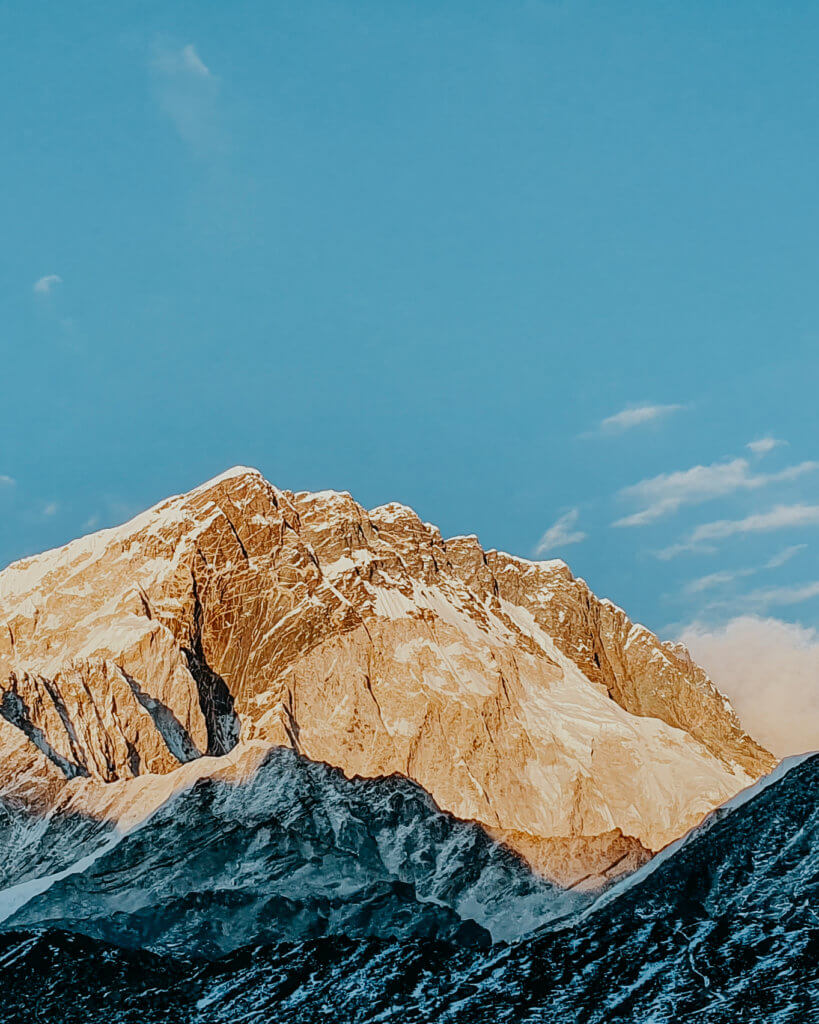
Getting Started
Contrary to common misconceptions, the Everest Base Camp trek is accessible for budget-conscious travelers. Options range from independent trekking to guided tours. Consider factors such as permits, guides, and porters when planning your budget. Experienced trekkers might opt for a local guide, while beginners could choose reputable tour operators like G Adventures. I chose the latter, spending $1,439.25, which covered guides, porters, accommodation, flights to Lukla, and trekking permits, excluding meals.
VALUE FOR MONEY
Comparing Everest Base Camp with other global trekking destinations, the value for money is unparalleled. Consider factors like travel costs, country affordability, and additional experiences when evaluating destinations. Everest Base Camp offers an exceptional experience at a reasonable price.
BEST TIME TO VIST NEPAL
Choose the ideal trekking season, either March to May or September to December, to enjoy clear skies and pleasant weather. Be prepared for rapidly changing weather conditions, especially in the Himalayas. Flexibility with your itinerary is key to adapting to unexpected weather changes. Air planes do not fly to and from Lukla Airport of cloudy days, they need clear skies between both airports in order to fly. So best to have contingency days in your itinerary to avoid unwanted cancellations.
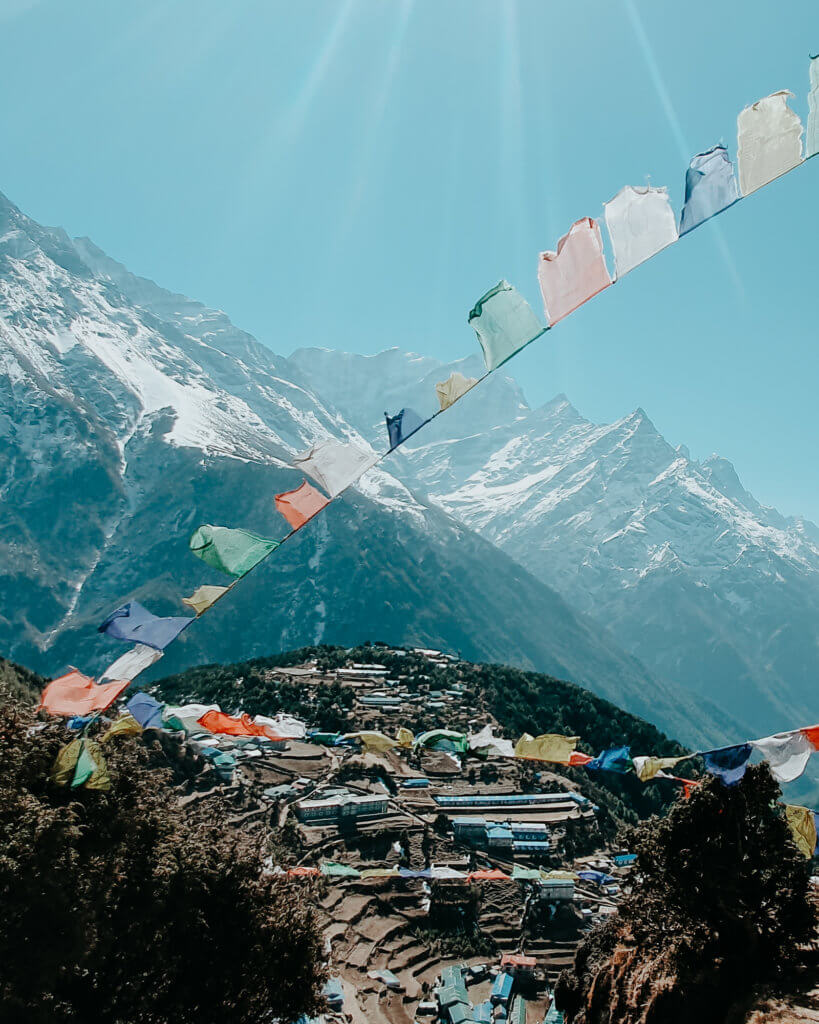
TREK DIFFICULTY, FITNESS & TRAINING
While Everest Base Camp trek demands physical endurance, you don’t need superhuman fitness. People of varying ages and fitness levels, including children and seniors, have successfully completed the trek. Focus on aerobic capacity, hiking experience, and muscular endurance in your pre-trek training regimen.
-
- Increase your aerobic capacity by incorporating cardio training (running, swimming, cycling, etc) into your exercise routine. Although you will probably not find yourself running on the trek, the better your body can function with limited oxygen, the better you will cope in the high altitude!
-
- Practice hiking as much as possible. The more experience you have hiking, the better prepared you will be for attempting Everest Base Camp. This will give you a chance to try out your gear, test your capabilities and settle your nerves in the lead up to Lukla.
-
- If you can incorporate exercises that will improve your muscular endurance, particularly in the legs, you will reap the rewards on the hike. Consider exercises like squats, lunges, calve raises and stair-master.
ALTITUDE SICKNESS
Altitude sickness is a genuine concern due to the trek’s high altitudes. Understand the symptoms and preventive measures, including slow acclimatisation, altitude tablets, and avoiding alcohol and cigarettes. Communicate with your guide if you experience any discomfort.
WHAT TO EAT ON EVEREST BASE CAMP TREK
Embrace local vegetarian cuisine, avoiding meat products to prevent food poisoning. Carry water purification tablets, ensuring a daily budget of $30 for meals, drinks, and snacks. Plan your cash withdrawals wisely, as ATMs become scarce along the trek.
There is a no-killing policy in Sagamartha National Park. This means that all meat products are transported by porter from below Lukla. Instead, try:
Sherpa Stew: a mixture of vegetables, beans and noodles. It is cheap and can be found just about everywhere on the trek. Each tea house makes it slightly different so it is always fun to eat.
Dal Bhat: is a platter of rice, lentil soup, curried potatoes with vegetables and a papad. This is perfect for dinner or any time you are feeling particularly hungry as you can get seconds for free!
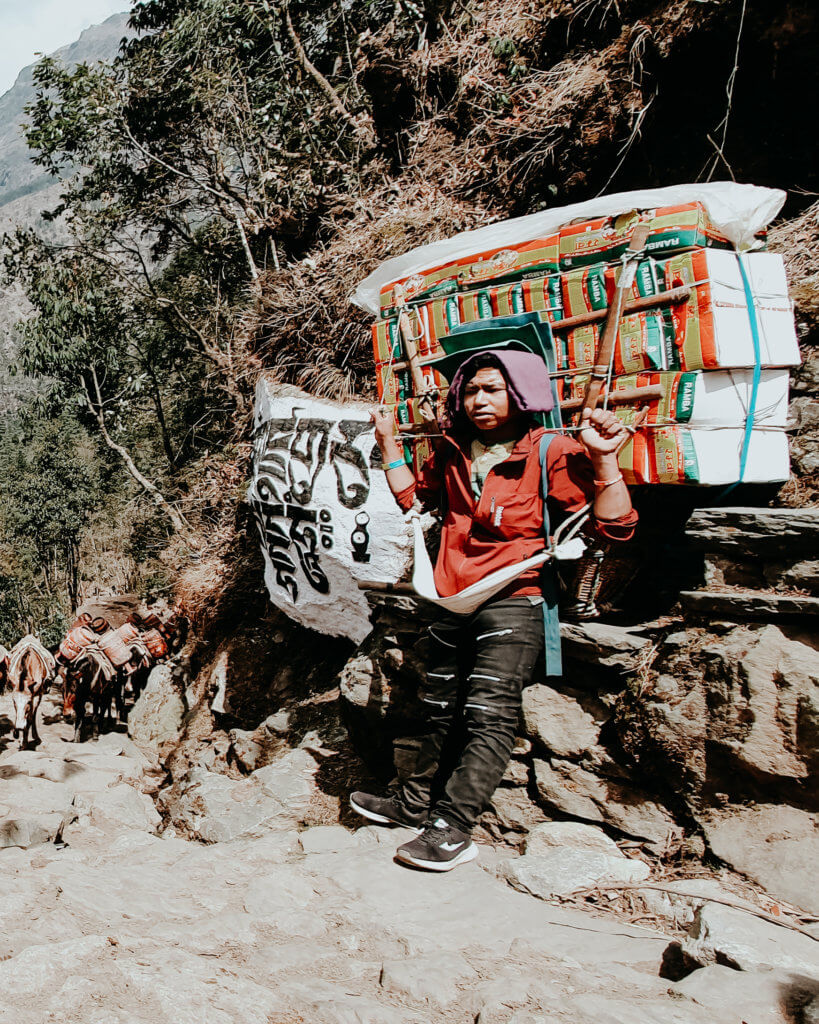
GENERAL TREKKING ADVICE
Secure travel insurance tailored for high-altitude trekking to cover potential emergencies. Pack wisely, prioritizing lightweight, moisture-wicking, and warm clothing. Invest in good quality waterproof trekking boots and trekking poles for added support.
Itinerary Highlights
-
- Kathmandu to Phakding: Easy trek with scenic views, crossing suspension bridges.
-
- Phakding to Namche Bazaar: Challenging terrain, suspension bridges, first glimpse of Mount Everest.
-
- Namche Bazaar (Acclimatization Day): Prepare for the journey, ensure supplies, and enjoy local amenities.
-
- Namche Bazaar to Tengboche: Spectacular views of Thamserky, Kantega, Ama Dablam, Lhotse, and Everest.
-
- Tengboche to Dingboche: Reach higher altitudes, experience snow, and adapt to colder temperatures.
-
- Dingboche (Acclimatization Day): Short morning hike, rest, and acclimatize before continuing the trek.
-
- Dingboche to Lobuche: Hike through the Khumbu Glacier valley, visit stone memorials, and marvel at the scenery.
-
- Lobuche to Gorakshep (Everest Base Camp): Final push to Everest Base Camp, celebrate the achievement.
-
- Gorakshep to Pheriche: Descend, appreciate the mountains, and reach the village of Pheriche.
-
- Pheriche to Namche Bazaar: Reach Namche Bazaar, enjoy a celebratory evening.
-
- Namche Bazaar to Lukla: Long hike, reach Lukla and celebrate with fellow trekkers.
-
- Lukla to Kathmandu: Early flight back to Kathmandu, marking the completion of your incredible journey.
Trekking in the pristine Himalayas comes with a responsibility—to preserve the natural beauty and protect the fragile ecosystem. As budget-conscious adventurers, it’s essential to be eco-conscious and minimize our environmental impact.
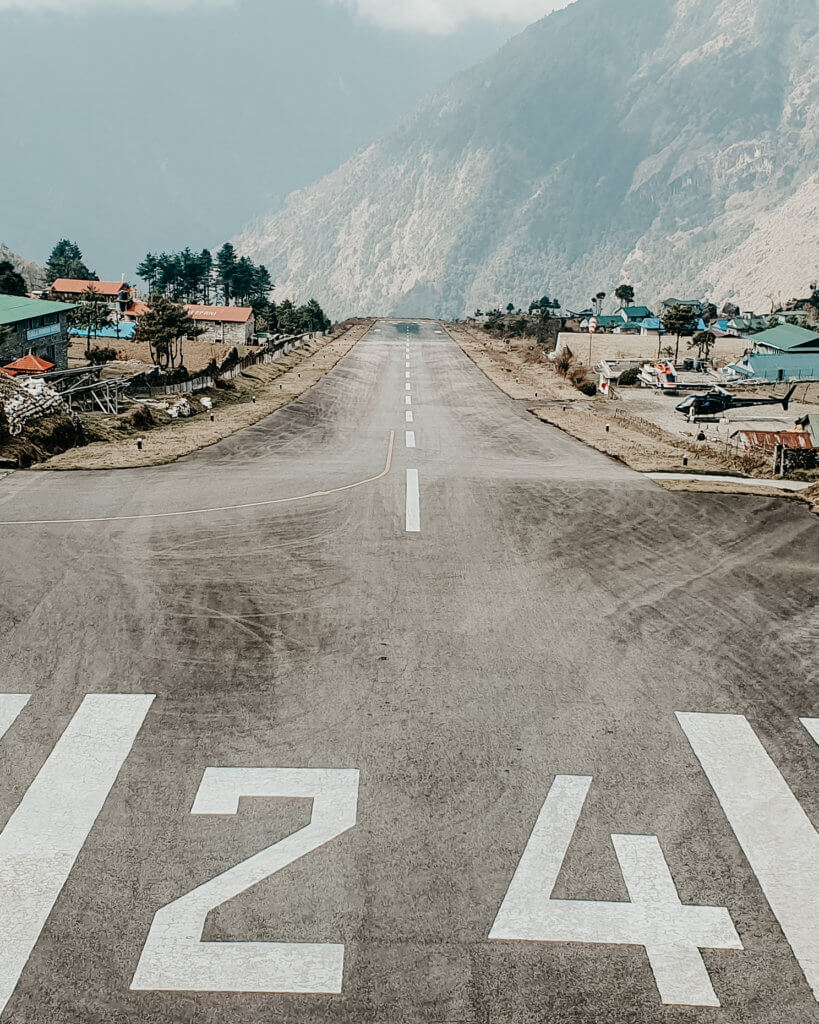
The Everest Base Camp trek is not just a physical challenge; it’s a soul-stirring adventure that doesn’t have to drain your wallet. With proper planning, budgeting, and the right mindset, you can conquer the heights of Everest and create memories that will last a lifetime. So, pack your bags, lace up your boots, and get ready for the trek of a lifetime!

